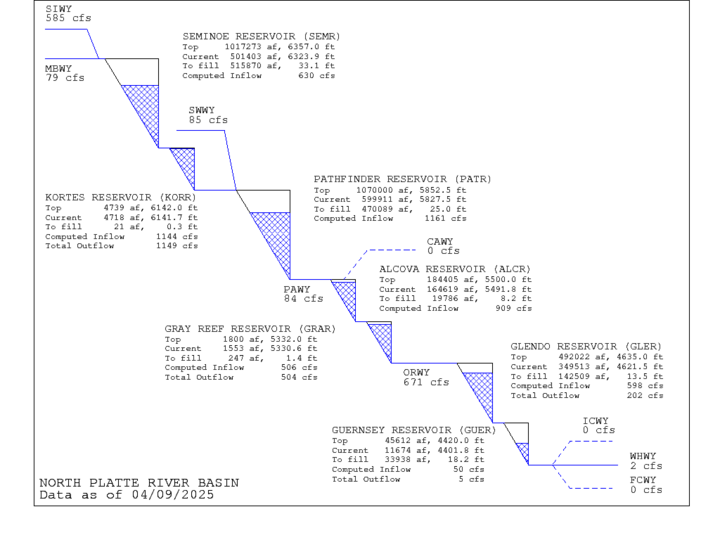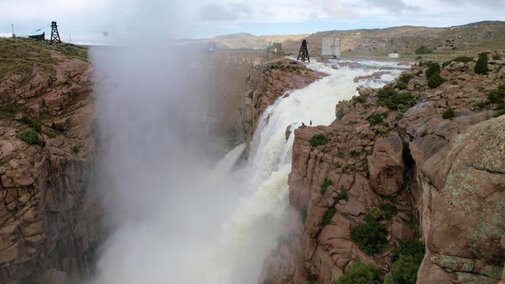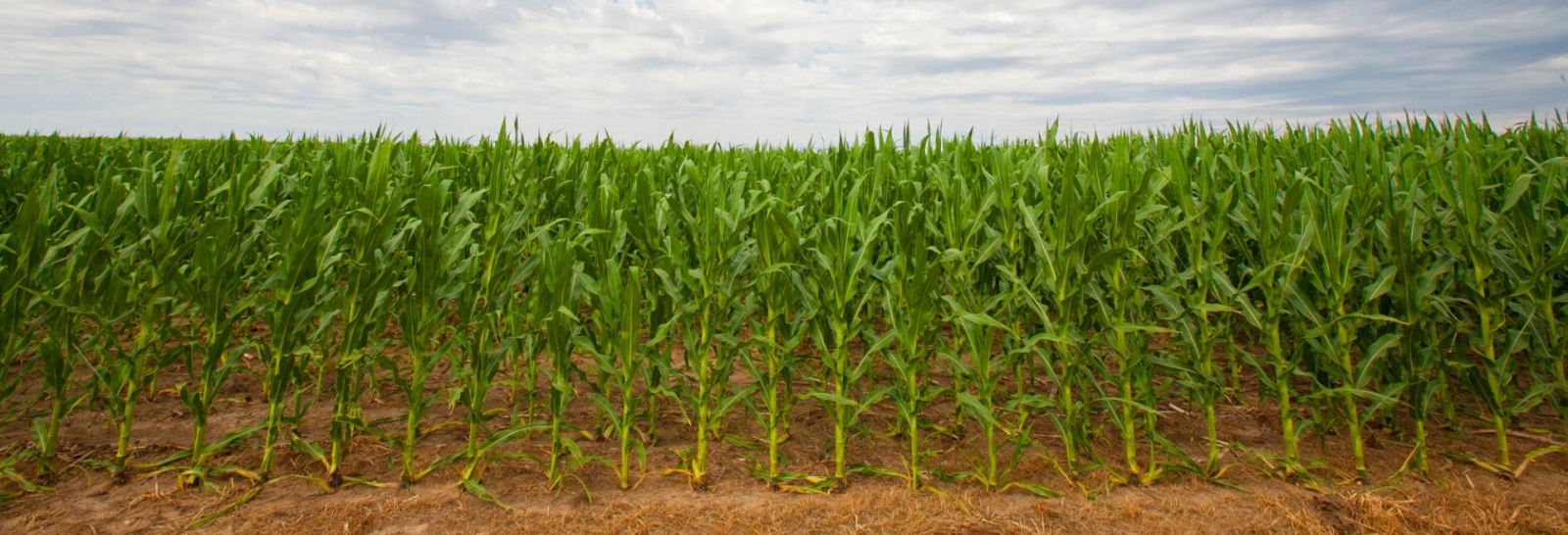Key Takeaways
No Allocations Expected for 2025: Despite dry soil conditions and below-average snowpack in some areas, sufficient reservoir carryover from 2024 means no irrigation water allocations are expected.
Dry Soils May Absorb Early Runoff: Initial runoff may recharge dry soils rather than contributing fully to streamflow, potentially delaying or reducing downstream flow early in the season.
Above-Average Releases Likely: To meet expected irrigation demand during a hot, dry summer, above-average water releases from reservoirs are anticipated.
Nebraska growers and irrigation stakeholders received key updates on snowpack conditions, reservoir carryover and water availability for the upcoming growing season at the 2025 Yonts Water Conference on April 9 in Scottsbluff.
Snowpack/snowmelt runoff estimates were delivered during the conference by the U.S. Bureau of Reclamation in Mills, Wyoming, for the upper North Platte River basin. The forecasted runoff above Seminoe Reservoir is currently 650,000 acre-feet or 89% of the 30-year April-July runoff. Forecasted runoff for the Sweetwater River drainage is 50,000 acre-feet or 91%, and Alcova to Glendo is 75,000 acre-feet or 51% of the 30-year April-July runoff. The forecasted total water supply on the North Platte River System is forecasted to be 1,364,035 acre-feet.

No water allocations are expected for the 2025 growing season, in part due to carryover from the 2024 season. However, the dry soil conditions will impact the 2025 runoff as the ground recharges with the initial runoff moisture. Releases from Glendo and Guernsey reservoirs will increase to move water to fill the inland lakes, and a potential hay run in May. The trigger amount forecasted for an allocation is a supply less than 1,100,00 acre-feet.
The North Platte project (Pathfinder and Gurnsey reservoirs) had a carryover of 575,858 acre-feet. The Kendrick project (Seminoe and Alcova) had a carryover of 734,639 acre-feet. The Glendo reservoir (irrigation) had a carryover of 95,274 acre-feet as of Sept. 30, 2024.
Carryover storage in the reservoirs is slightly below average. Water releases from the reservoirs can be expected to be above average to meet the demand for an expected hot, dry summer. As of April 9, 2025, Seminoe Reservoir is at 49% capacity or 501,403 acre-feet. Pathfinder reservoir is at 56% capacity or 599,911 acre-feet. The Glendo reservoir has a capacity of 71% or 349,513 acre-feet.

The Bureau of Reclamation Wyoming Area Office covers most of Wyoming east of the continental divide into western Nebraska. It oversees 17 reservoirs, with 3,800 miles of canals and laterals. The BOR WAO management area also operates and maintains 11 hydroelectric power plants located on the reservoirs, which provide power to over 80,000 homes. The total value of the hydropower generation on the North Platte River facilities was approximately $28 million.
Hosted annually at the Panhandle Research, Extension, and Education Center in Scottsbluff, the Yonts Water Conference is named in honor of Dean Yonts, who was the center's irrigation specialist for many years.

